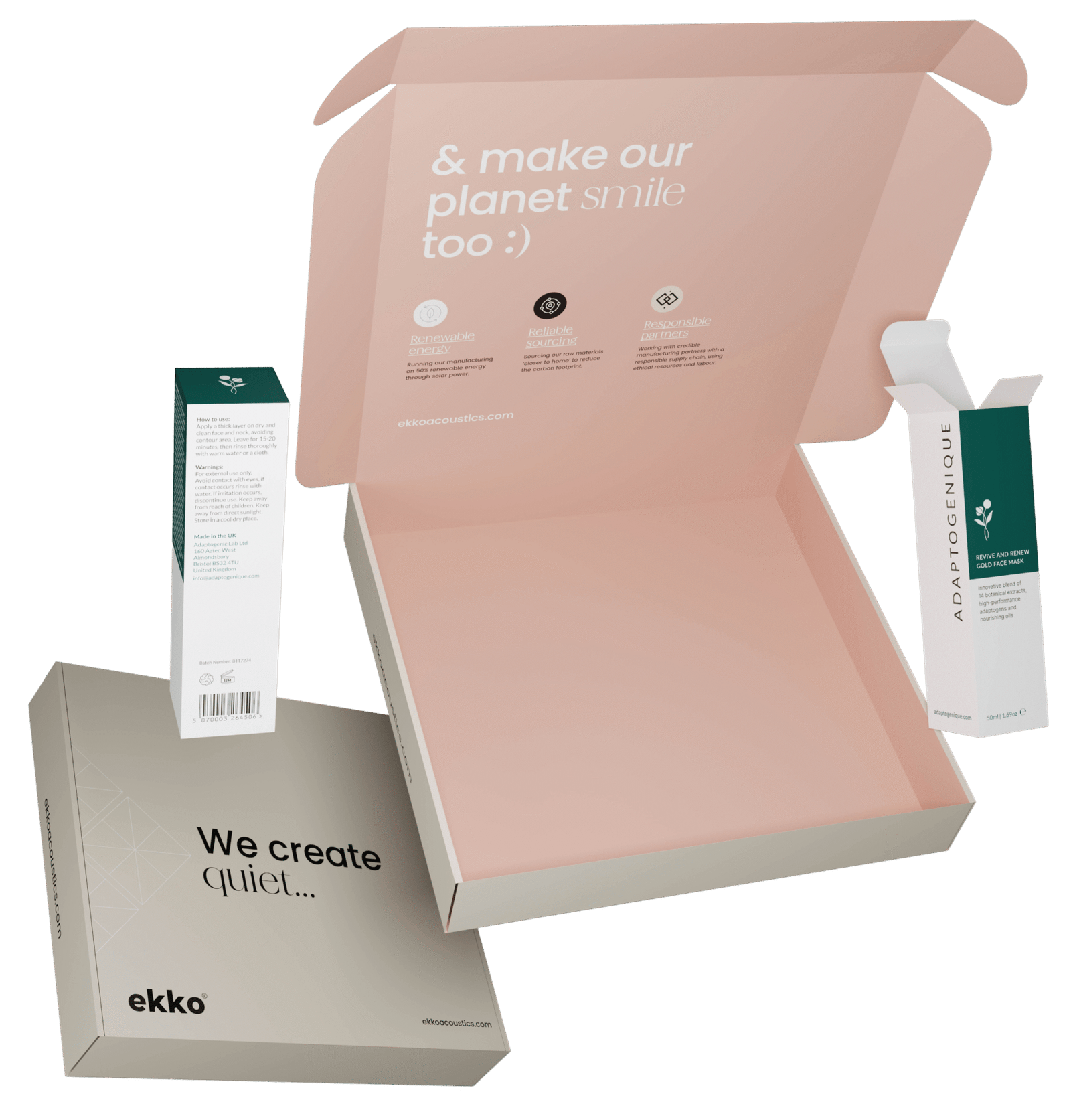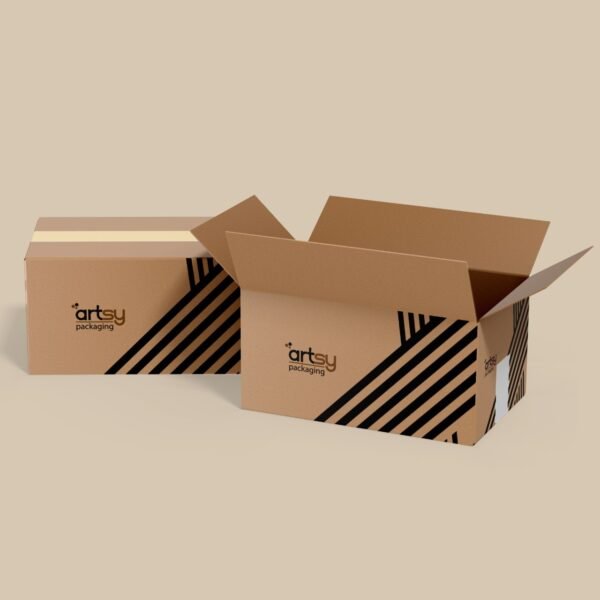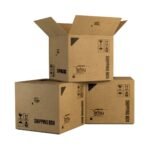Description
Overview of Shipping boxes:
Businesses and individuals who need to transport items require shipping boxes, which come in various sizes and materials, such as cardboard and plastic, and can be tailored to specific needs. Choosing the correct shipping box can guarantee that items arrive safely and securely while also reducing waste and environmental impact.
Shipping boxes have a broad range of applications, from retail and e-commerce to manufacturing and logistics. They are utilized to transport everything from clothing and electronics to food and medical supplies. Shipping boxes are especially critical for online businesses that need to ensure that items arrive safely and securely to customers all over the world.
Shipping boxes are essential for several reasons. First and foremost, they protect items during transport, ensuring that they arrive in the same condition they were in when they were shipped. This is particularly crucial for fragile or sensitive items, such as electronics or medical supplies. Shipping boxes can also help reduce waste and environmental impact by being reused or recycled after use.
Different types of stocks used for shipping boxes?
The type of stock used for shipping boxes varies depending on the specific needs of the business or individual. Cardboard is one of the most popular and eco-friendly materials used for shipping boxes.
It is durable, lightweight, and can be customized to fit specific needs. Corrugated cardboard is particularly popular, as it provides extra strength and protection for items during transport. Other materials used for shipping boxes include plastic, metal, and wood.
Shipping boxes protect products during transport in a number of ways. Firstly, they provide a physical barrier between the item and the outside world, protecting it from damage or contamination.
To provide additional protection for fragile items, shipping boxes can also be customized with padding, such as bubble wrap or foam. Furthermore, specific features are incorporated into certain shipping boxes to protect items during transport, such as air vents or moisture barriers.
Shipping boxes come in various types of flutes, including A, B, C, E, and F flutes. The flute pertains to the wavy layer of material that is sandwiched between the two flat liners of a corrugated box. A flute is the thickest, while F flute is the thinnest. The type of flute utilized is determined by the specific needs of the item being shipped, as well as the distance and mode of transport. A flute provides additional strength and protection, while F flute is utilized for lightweight items and short-distance transport.
How should you choose the right shipping box?
When choosing a shipping box, there are a number of factors to consider. Firstly, the size of the box should be appropriate for the item being shipped. A box that is too small may not provide enough protection, while a box that is too large may result in the item moving around during transport. Additionally, the weight of the item being shipped should be considered, as this will impact the type of box and padding needed. Finally, the distance the item will be traveling and the mode of transport should also be considered, as this will impact the level of protection needed.
In conclusion, shipping boxes are an essential part of modern commerce. They are used in a wide range of industries and can be customized to fit specific needs






